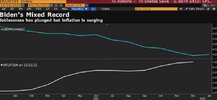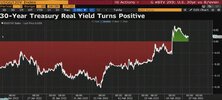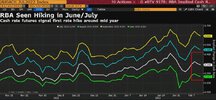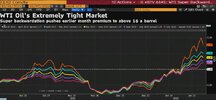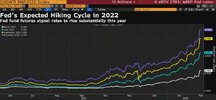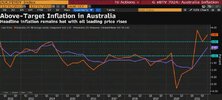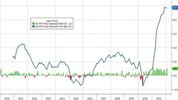- Joined
- 28 May 2020
- Posts
- 7,050
- Reactions
- 13,718
From The Australian
Mick
Perhaps these citizens of OZ read the economic indicators and say what they actually mean to them, rather having an economic/political/financial agenda that so many of the professional players seem to have.Two-thirds of Australians expect rate hikes in the coming 12 months, and more than one in four believe rates will climb by more than a percentage point, according to a new survey.
The latest Westpac consumer sentiment report revealed another dip in confidence in February, despite declining Omicron case numbers and talk of unemployment heading to near 50-year lows later this year.
The bank’s confidence index eased from 102.2 points in January, to 100.8pts in a survey conducted over the week to February 6.
Westpac chief economist Bill Evans said it was “surprising“ households were more downbeat than a month earlier, given the improving health situation and the robust jobs market.
Questions gauging views on the economy showed a solid lift in sentiment, but those asking about the state of households’ finances now and in the future suffered large deteriorations.
Mick

